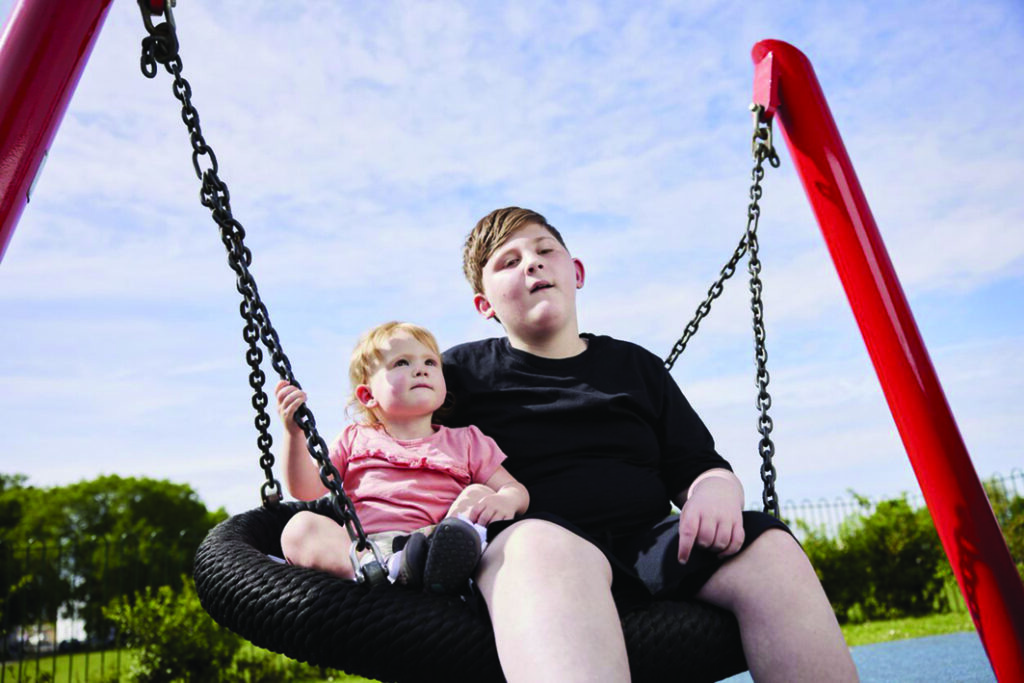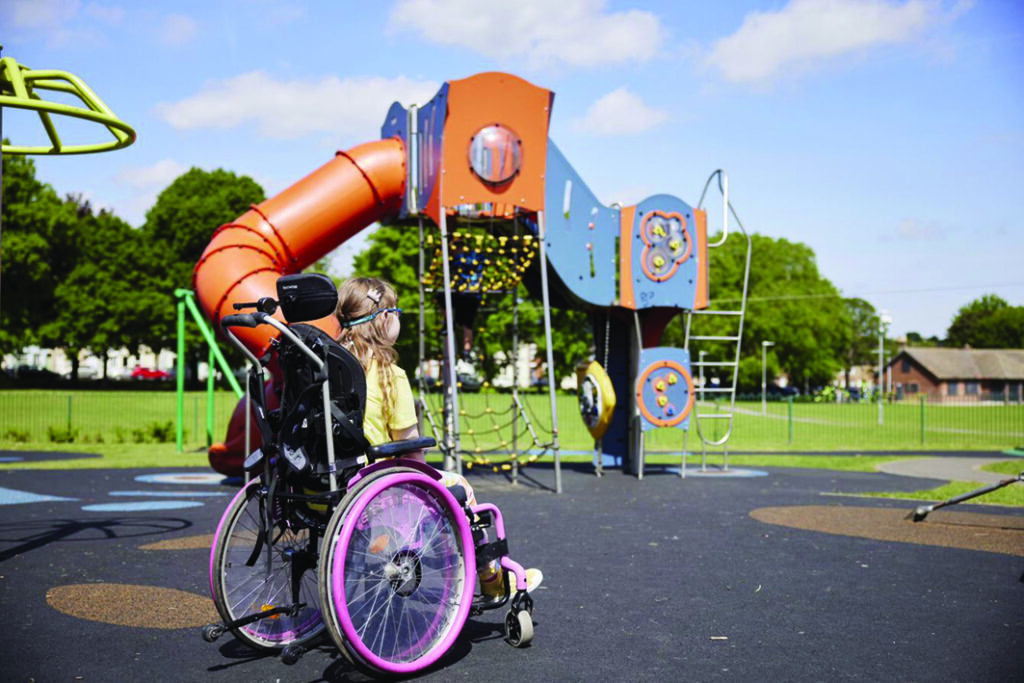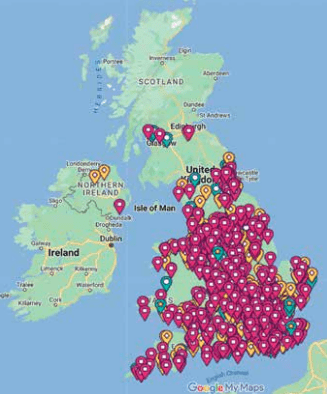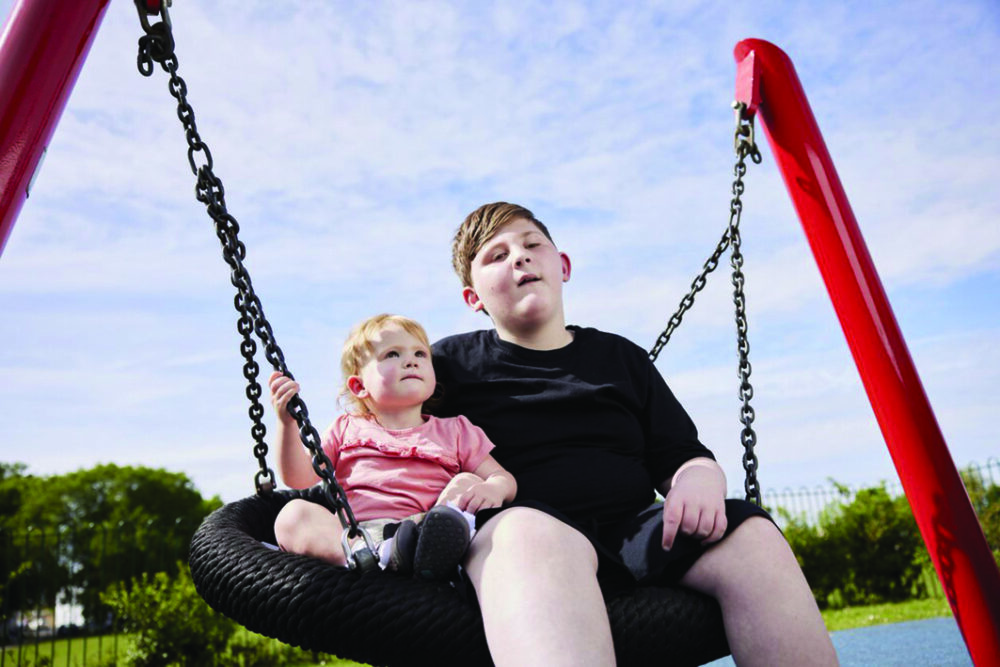Scope is campaigning for more accessible playgrounds.
Research from the disability equality charity Scope shows that as many as half of local playgrounds aren’t accessible for disabled children. The UK-wide investigation of more than 1000 playgrounds found that most had little or no accessible equipment, with some even having features that could be unsafe for disabled children, like no fencing around the playground, or uneven floor surfaces. Fencing helps children to play safely if there is a risk of running away, or if they aren’t as aware of dangers. Loose surfaces like sand or loose wood chips are difficult for wheelchairs or mobility aids. Grass is also difficult, particularly if it’s muddy. Concrete is better as the surface doesn’t move. But a softer, rubbery floor is best. This is less likely than concrete to cause injury if a disabled child falls.

The findings come from parents, guardians and relatives of disabled children, who surveyed their local playgrounds using guidance from Scope and scored the playgrounds against a checklist of good practice and features.
The resulting Playground Accessibility Map shows what families of disabled children can expect from playgrounds across the UK. It shows things like whether the front gate is wide enough for wheelchairs, or if children can only get onto play equipment using steps. It will be a helpful tool for families of disabled children as they seek out places to play.
One in ten said their disabled child hurt themselves because of inaccessible equipment. One in seven could not enjoy the playground as a family because siblings were unable to play together.

The interactive map and research are part of the disability equality charity Scope’s ‘Let’s Play Fair’ campaign calling for all new and refurbished playgrounds to be made with disabled children in mind. In response, the Government recently said in its Disability Action Plan it will explore creating guidance on how to develop more inclusive and accessible playgrounds.
James Taylor, Scope’s Director of Strategy said:
“Every child should have an equal right to play. Yet many disabled children can’t enjoy their local playground because it isn’t designed for them. Leaving them and their families divided and excluded. It isn’t right that disabled children are shut out. We’ve developed our Playground Accessibility Map to be used as a tool for campaigners to explain the local need for more accessible equipment in their playgrounds. It can also be used for families to see where their nearest accessible playground is, to avoid the disappointment of turning up at a playground, only for there to be no equipment they can play on. Inclusive playgrounds should be available across the UK, where all children, disabled and non-disabled, can be themselves and form memories that last a lifetime.”
Scope’s Playground Accessibility Map is accessible via this link: https://shorturl.at/aoRX9

Scope Playground Accessibility
Scope's Playground Accessibility Map is accessible via this link: https://shorturl.at/aoRX9












































